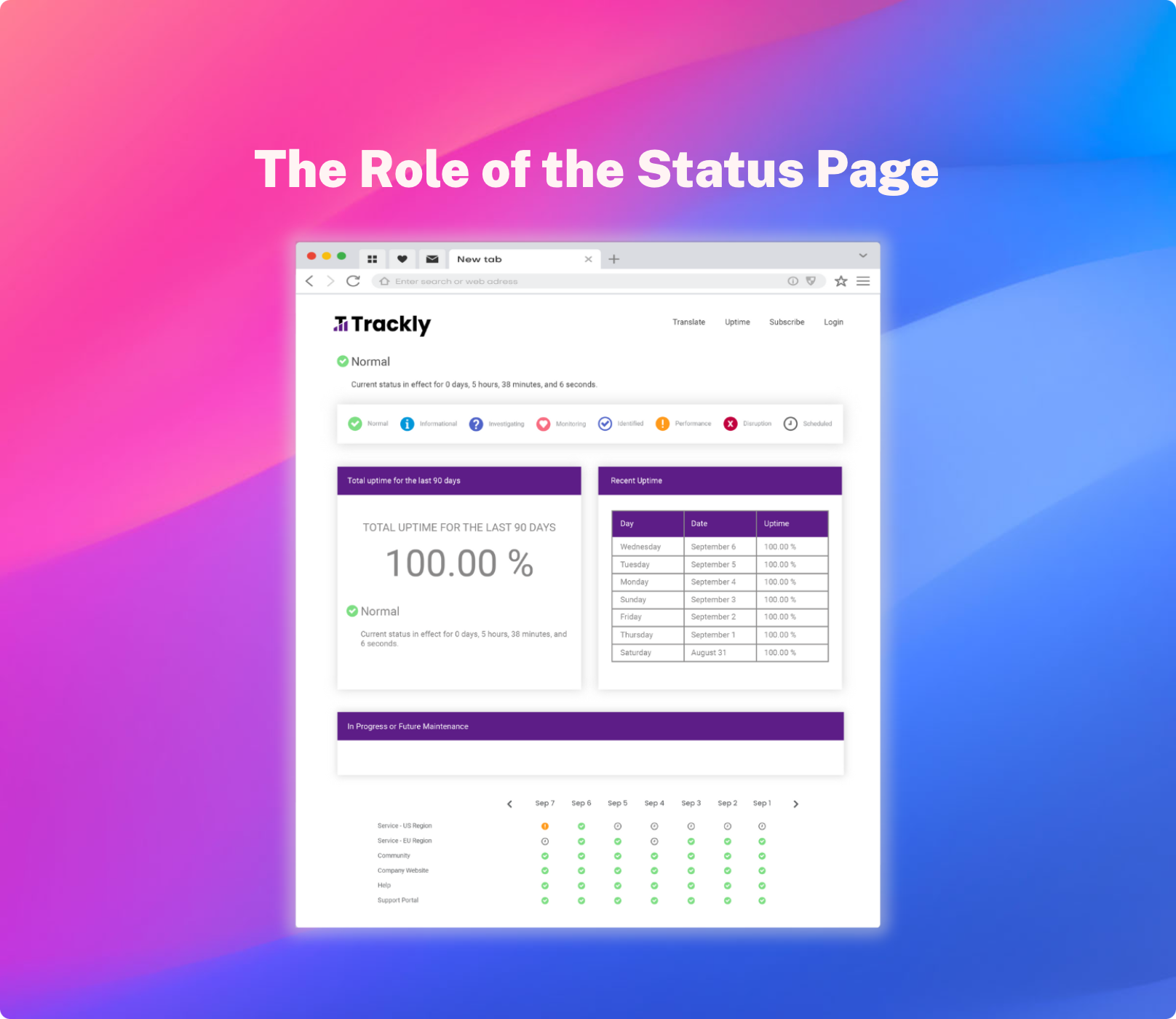With the growing complexity of IT systems, managing alerts and notifications without succumbing to the crippling effects of alert fatigue has never been more challenging. Alert Fatigue occurs when the volume of notifications makes it impossible to discern signal from noise, desensitizing the recipient to warnings, some of which end up representing critical issues.
Understanding Alert Fatigue
Alert fatigue manifests when the following conditions are met:
→ There exists a high volume of alerts
→ Most of these alerts are of little significance
This not only hampers productivity, but also elevates the risk of overlooking critical alerts that get buried in the noise. The root causes of Alert Fatigue include:
Monitoring Entropy: Dependence on a large set of scattered monitoring tools, all of which IT must tend to, which leads to inefficiency and by default excessive notifications, not all of which are actionable or relevant.
Poor Alert Configuration: Inadequately configured alert thresholds lead to a flood of unnecessary warnings.
Lack of Prioritization: Treating all alerts with equal importance, making it difficult to identify and respond to the most critical issues promptly.
The Impact of Alert Fatigue
The consequences of Alert Fatigue extend beyond mere inconvenience, potentially leading to:
Delayed Response Times: Critical alerts may be lost in the noise, delaying response to incidents that could affect business operations.
Increased Risk of Burnout: Constantly managing a barrage of alerts can lead to IT professional burnout, reducing productivity and job satisfaction.
Eroded Trust in Monitoring Systems: Over time, IT teams might begin to ignore alerts, assuming them to be false alarms, which could undermine the effectiveness of monitoring systems.
Solutions To Alert Fatigue
Automation to Filter APM & Observability Noise
One of the most effective strategies to mitigate Alert Fatigue involves automating the integrations of APM and Observability tools. The relentless stream of alerts from these systems can quickly overwhelm IT personnel, making it challenging to distinguish between routine notifications and signals of genuine issues. By implementing automation, organizations can pre-configure rulesets that automatically evaluate and process alerts based on defined criteria. This ensures that only the alerts surpassing a specific threshold of importance or urgency are brought to the attention of IT staff. StatusCast Beacons enable codeless integrations with monitoring tools, filtering monitoring data and creating a single pane of glass for IT to view all their monitoring.
An Asset-First Approach
Adopting an asset-first approach prioritizes alerts based on the criticality of the affected assets, ensuring that IT resources are allocated efficiently towards maintaining essential services. This methodology involves a shift in perspective, from reacting to individual incidents to maintaining the overall health and functionality of key components within the IT infrastructure. By focusing on the assets most critical to business operations, a triage effect is created that automatically prioritizes certain alerts and filters out others. To further refine incident notifications, escalation policies become straightforward when certain teams or individuals are made responsible for certain assets, reducing the need for everyone to receive a specific alert. This strategic focus on assets not only streamlines incident notifications, but also aids in resource optimization, ensuring that the most vital elements of the IT ecosystem receive immediate attention. Check out our New Approach to Incident Management for a more holistic view of the asset-first approach.
Personalized Notifications for End Users
The implementation of personalized notifications for end users represents a paradigm shift in how information about IT incidents is communicated. By leveraging audience groups and component subscriptions, organizations can ensure that end users only receive notifications regarding services or components they rely on. This targeted communication strategy significantly reduces alert fatigue among end users, as they are not bombarded with updates about every incident, when most incidents do not impact them directly. When end users get alerts, they can be sure that it is because they are directly affected by an incident. Personalized notifications enhance the user experience by providing relevant, timely information, enabling users to make informed decisions about their work in the context of ongoing IT issues.
Conclusion
In conclusion, while alert fatigue presents a formidable challenge in the realm of IT systems and incident response, it is not insurmountable. By understanding its causes and implementing strategic solutions, organizations can mitigate its impact. Automating APM & Observability integrations, taking an asset-first approach, and leveraging personalized notifications for end users are pivotal steps towards navigating the challenge of alert fatigue. With these measures, IT teams can ensure that they remain responsive to critical alerts, safeguarding the integrity of their IT ecosystems and supporting the seamless operation of their organizations.





